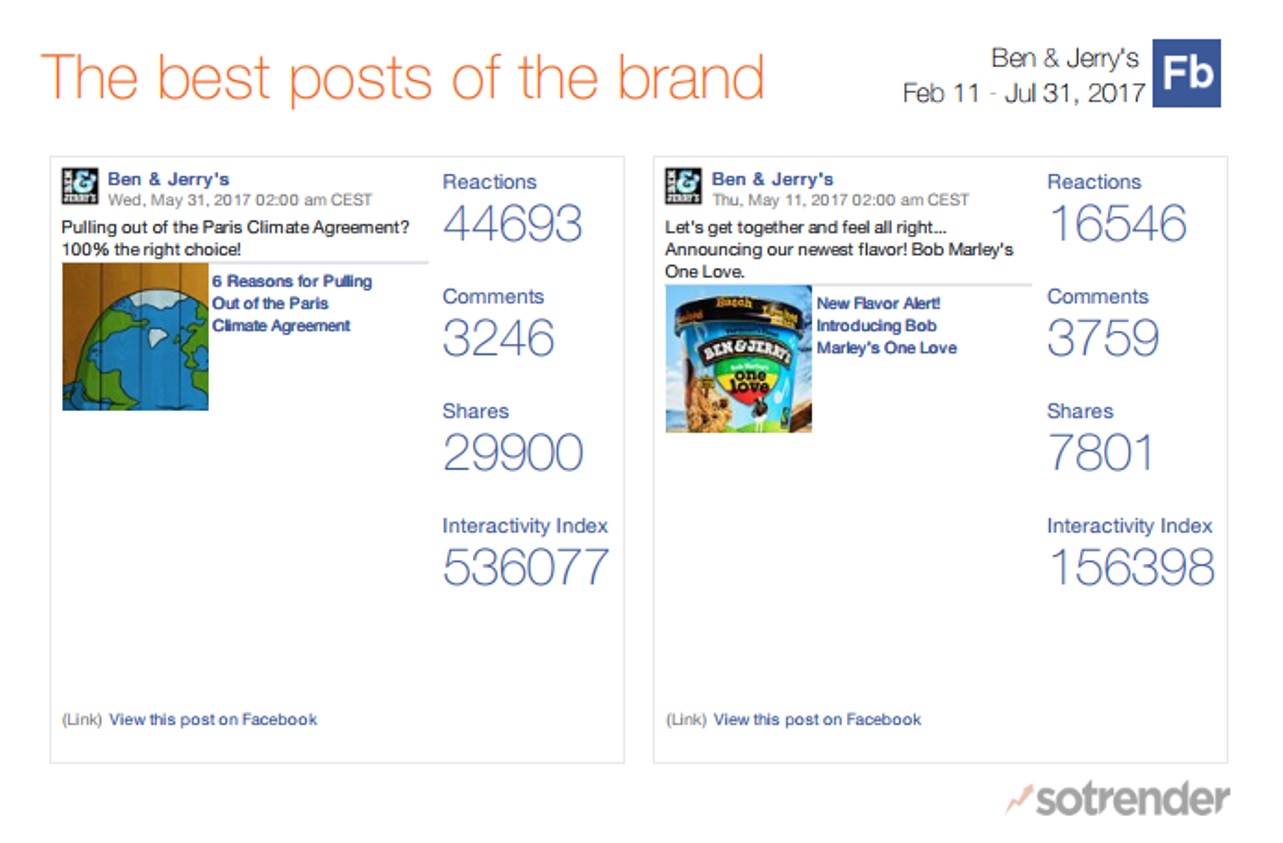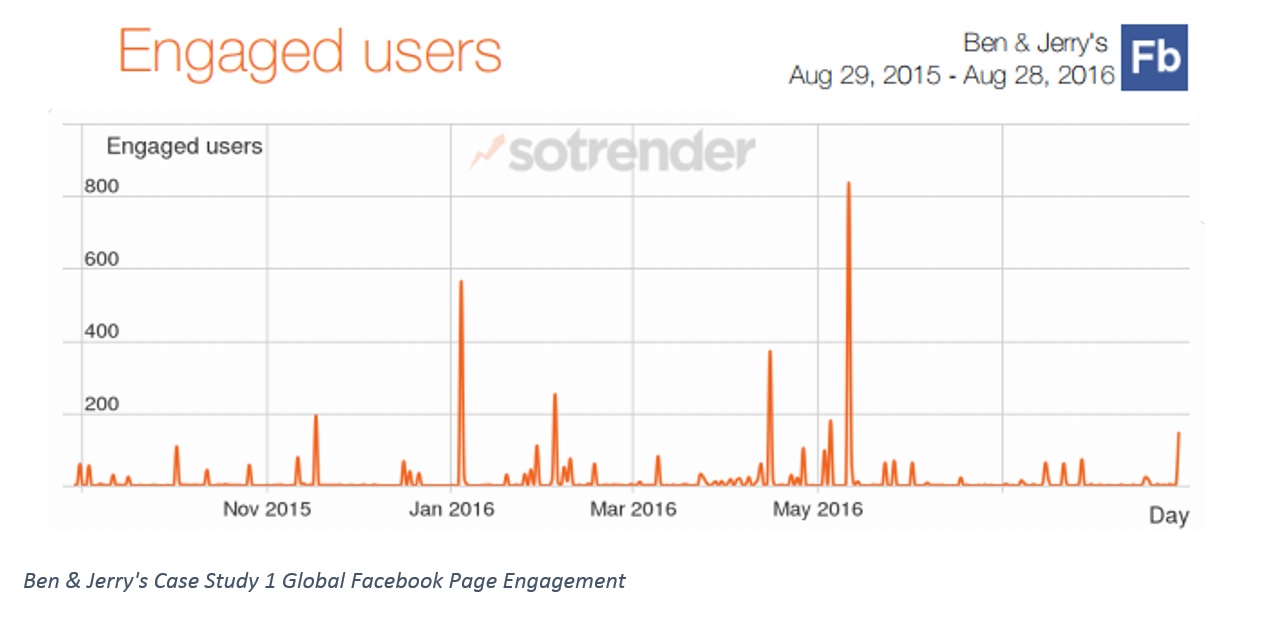
Social media has never been a quick fix. Marketers are constantly questioned in their purposes when using particular social media channels or marketing methods. More than this, the core goal of every social media activity is questioned. Too many marketers have unclear or ineffective objectives for their campaigns and many businesses seem to think they must ‘do’ social media without understanding why.
Why do you want to do social media? Here are some of the most common reasons given by business owners and why, realistically, they should not be core aims or goals for any social media user.
“We want lots of followers”
Why do you want lots of followers? What is the benefit for any business of having lots of followers? Many business owners seem to think the point of social media is to rack up the followers but what use are they if they simply scroll past your posts? A strong follower base is important for any business but simply wanting lots of followers is pointless vanity.
You should be actively seeking engaged, interested and targeted followers. You want followers who are genuinely interested in your business and may become customers, not just thousands of numbers which don’t do anything positive for your business. Social media analytics will soon show the engagement level with a huge yet fairly inactive follower base is much less valuable than a smaller, engaged follower base. What would you rather: 10,000 followers with 50 engaged users, or 2,000 with 250 engagers?
“We want more traffic on our website”
Social media is undoubtedly a powerful tool for increasing website traffic, but is just wanting traffic enough? People simply clicking through your website will show up in your traffic data but what use is this kind of traffic? You want anyone directed to your website via social media to get some value from their experience. Are you simply directing social followers to a homepage or product page?
Savvy and effective social media marketers offer genuine value to their followers. They deliver something original and interesting, which is tailored to their followers and adds value to their online experience. What’s more, once you’ve got this desired traffic how are you measuring it? What are your conversion rates like? Are any of your new visitors becoming customers? Simply wanting more traffic is not a goal of any social media campaign as the energy invested in it will undoubtedly see an increase in traffic.
The real question is: what are you going to do with this traffic, is it purposeful, and is it likely to lead to growth or sales? Social referral traffic can be a huge boost to your overall traffic, as this study into eCommerce traffic found, but it needs to be right – your target audience – so avoid clickbait and focus on giving your audience what they need.
“We want more sales”
Now, this is the kind of goal you should have in mind for your social media marketing campaigns! However, like everything else mentioned, it needs to be more targeted and focused. Studies and surveys carried out over the years have consistently found social media has a positive impact on sales, with Social Media Examiner reporting that more than 50% of marketers who have been implementing social media marketing tactics for two years have reported improved sales. Two years may sound like a long wait, but with the right social strategy the rewards are worth the investment.
When approaching social media and social selling, it is essential you look at your current sales methods and work on ways to combine the two. Another question to ask is ‘is my audience primed to become customers?’ Your social media analyses and website traffic data should tell you the kind of visitors you’re getting, and from here you can look more closely at whether your social efforts are better tailored as a content resource adding value to customers’ experiences rather than a direct selling tool. If you’re not sure how to do social selling in an effective manner, then check out this social selling infographic for seven techniques.
“We want more brand awareness”
This is a great place to start with any social media marketing campaign – however, before any business should throw their efforts into social media brand awareness campaigning, they need to consider their current strategy. How is brand awareness currently being measured? Do you have a benchmark to assess your brand’s awareness against perhaps a competitor or influencer whose reach seems more significant than your own? Why do you need to use social media in addition to your current strategies? How will it complement and improve current activities?
Your marketing objectives
None of the above goals and desires for any business are the sole responsibility of social media. They are essentially large-scale marketing goals that require a multi-pronged approach and integrated campaigning, which incorporate the best marketing disciplines merged together for maximum impact. The case study below helps demonstrate how brands can really make an impact when they fully understand and use all viable marketing channels to get their story out there.
Case study: Ben & Jerry’s – when brands get marketing
When brands get their marketing campaigns right they deserve to be celebrated, and this is certainly the case with Ben & Jerry’s and their recent Climate Change Campaign. Ben & Jerry’s has positioned itself as a brand interested in and determined to make an impact on the issue of climate change, and has managed to tie this in with its product range too. Brand awareness for Ben & Jerry’s has increased, as well as general awareness of the problem of climate change and how significant an issue it is.

Ben & Jerry’s did not focus in a single area; instead, their campaign covered their many social channels and other marketing platforms and email campaigns. YouTube and Instagram stood out as leading platforms for engagement for the brand, although their regional differentiation on Facebook is also interesting, as they found a lot more engagement on their US page (below) than the global Ben & Jerry’s page.


Information such as this is useful for brands to consider when organising their own campaigns. Ben & Jerry’s positioned themselves as community activists but also approachable, and this in turn led to them staying at the top of the pile when it comes to global ice cream sales. The campaign’s video is a fantastic example of creativity with a strong call to action that strengthens brand perception.
Conclusion
With all successful marketing campaigns, there are typically three core elements; content marketing, email marketing, and social media.
Storytelling has always been, and will remain, a powerful marketing tool. Good content sells, engages, and brings attention to your business. Combining quality visual content, video and written content allows you to get across your marketing messages in ways which suit every kind of audience. As research from Venngage found, more than 90% of marketers use visual content in over 50% of the articles they publish, and 61% also said visual content was absolutely necessary in their 2017 marketing strategy.
86% of business professionals claim that email is their favourite method of communication for business purposes, so brands should be exploiting this. It is the most effective way of getting your marketing message directly to your targeted audience – providing your email lists are well built and maintained, of course.
There are many ways you can use social media to support your other campaign efforts. Just make sure you focus on generating business value through it – not vanity metrics.





